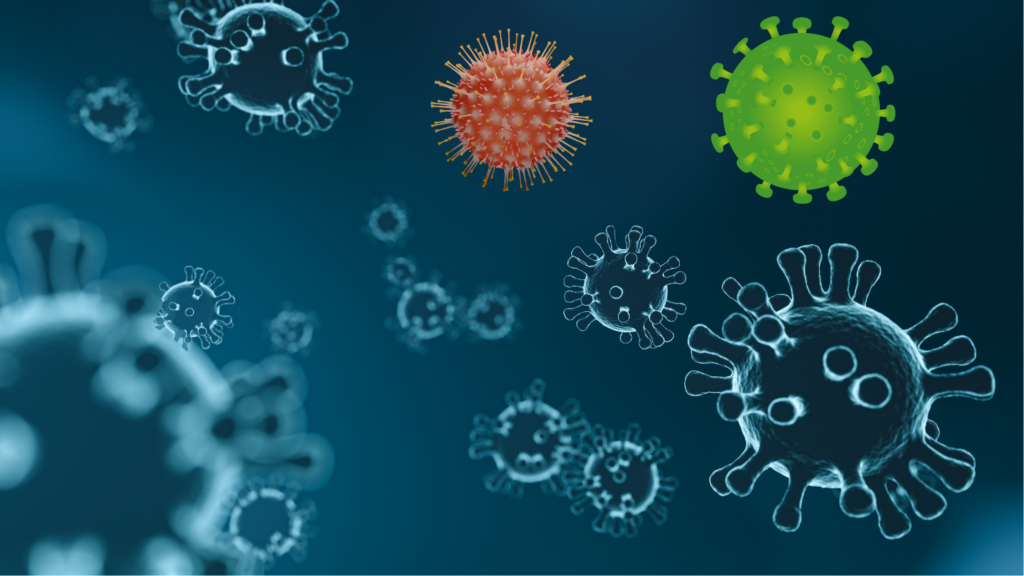
New coronavirus- A new study, led by Chinese scientist Shi Zhengli, who has been linked to research suspected of triggering the Covid-19 pandemic, has identified a new bat coronavirus with a high potential to spread to humans.
Shi Zhengli, the Chinese scientist known for research suspected to have played a role in the Covid-19 pandemic, has led a study identifying a new coronavirus that functions similarly to SARS-CoV-2, the virus responsible for Covid-19.
Coronaviruses exist in the hundreds across various categories, but only a few, such as SARS, SARS-CoV-2, and MERS, are known to infect humans. In her latest study, Shi claims to have discovered another coronavirus capable of infecting humans in the same manner as SARS-CoV-2.
In a study published this week in the journal Cell, Shi Zhengli and her team reported discovering a new virus related to the HKU5 coronavirus that utilizes the ACE2 receptor to infect organisms—the same receptor used by SARS-CoV-2 for infection.
According to Shi and her colleagues, the newly identified virus, named HKU5-CoV-2, poses a “high risk of spillover to humans,” either through direct transmission or via intermediate hosts.
New Coronavirus- Research on Coronavirus
The research was conducted by Shi’s Wuhan Institute of Virology (WIV), along with the Guangzhou Laboratory and the Guangzhou Academy of Sciences. The WIV has been at the center of controversial viral research suspected of contributing to the Covid-19 pandemic.

For years leading up to the outbreak in Wuhan, WIV scientists engaged in ‘gain of function’ (GoF) research on coronaviruses, and a lab accident during these studies is believed by some to have triggered the pandemic.
In the years following the outbreak, it was revealed that there had been a proposal to develop a coronavirus in a lab identical to the one that caused the outbreak in Wuhan in late 2019. This has been regarded as strong circumstantial evidence supporting the theory that the virus likely originated from a lab rather than occurring naturally.
However, Shi Zhengli and several other scientists have argued that the virus emerged naturally, though no concrete evidence has been found to support this claim.
Advocates of the natural origin theory have yet to identify the virus’s source. Due to her research on bat coronaviruses, Shi is widely known in the international community as the ‘Bat Woman.’
In their study, Shi and her colleagues pointed out that HKU5-CoV-2 is more dangerous than its predecessor.
“Structural and functional analyses suggest that HKU5-CoV-2 is better adapted to human ACE2 than the earlier lineage 1 HKU5-CoV. The authentic HKU5-CoV-2 successfully infected human ACE2-expressing cell lines as well as human respiratory and enteric organoids.
This study identifies a distinct lineage of HKU5 coronaviruses in bats that can efficiently utilize human ACE2, highlighting their potential zoonotic risk,” the researchers stated.
The researchers discovered that when the virus was isolated from bat samples, it was capable of infecting human cells as well as artificially grown cell or tissue structures resembling miniature respiratory or intestinal organs.
“Bat merbecoviruses. pose a high risk of spillover to humans, either through direct transmission or via intermediate hosts,” they noted.
HKU5-CoV-2 not only binds to human ACE2 receptors but also to those of multiple other species, any of which could serve as intermediate hosts and transmit the virus to humans.
Merbecoviruses consist of four distinct species—the MERS coronavirus, two bat-associated viruses, and one found in hedgehogs—and were added to the World Health Organization’s list of emerging pathogens for pandemic preparedness last year.Earlier this month, Cell published a study by researchers from the University of Washington in Seattle and Wuhan University, which concluded that while the HKU5 strain could bind to bat and other mammalian ACE2 receptors, they did not observe “efficient” binding to human receptors.
You can also read.
You can follow us on social media platforms.




1 thought on “China discovers a new coronavirus capable of infecting humans, similar to Covid-19.”